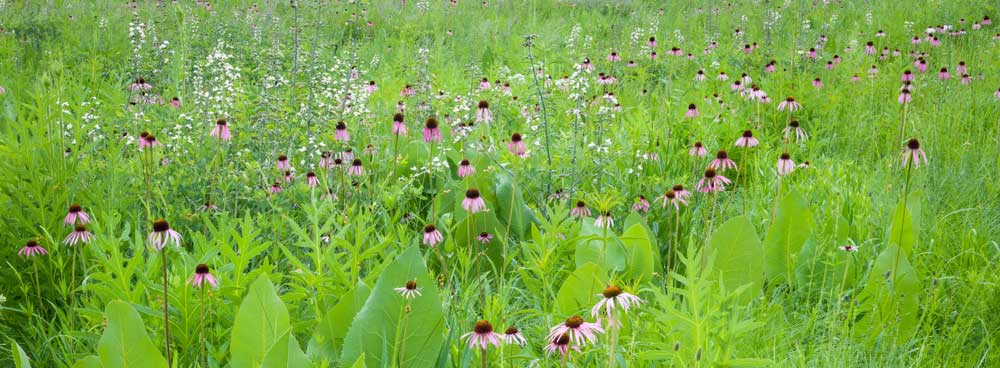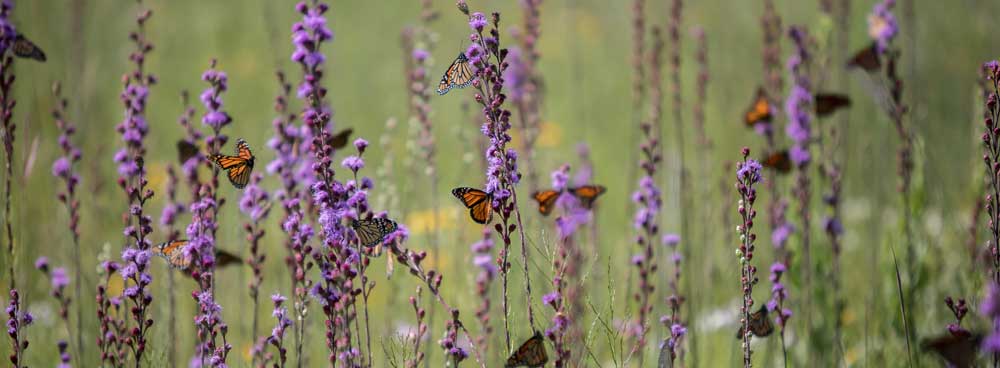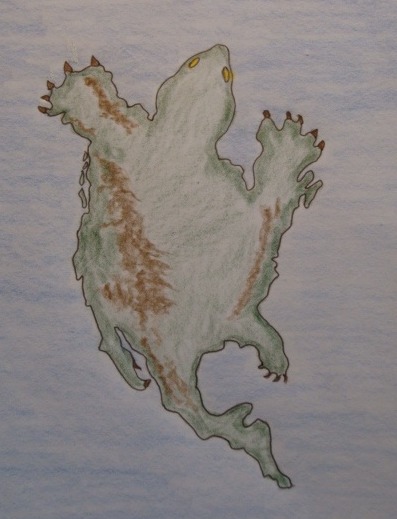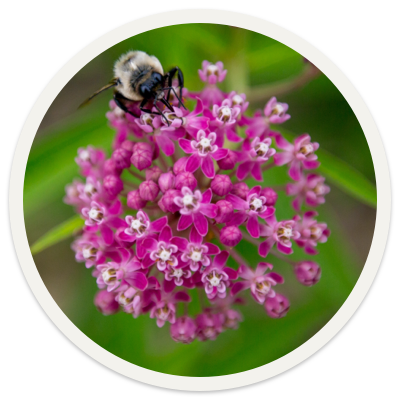A Few Words
About Us
Welcome
What we do
As the world faces increasing environmental challenges, it is essential that we recognize how we are an integral part of Nature and not apart from it. T.I.L. uses a palette of mostly Native Plants that create ecologically functional landscapes.
The Owner and Designer of T.I.L., Mena Cimino, has worked in gardens at the Morris Arboretum (University of Pennsylvania, Phila.) and at the Curtis Prairie Arboretum (University of Wisconsin, Madison, WI). She has trained landscape crews, published gardening articles, and designed and installed over 100 gardens.
In Mena’s words: “By using a palette of mostly Native Plants, I create truly low-maintenance and ecologically functional landscapes. The aim is to alter “traditional” planting design from one that for decades has been merely decorative to one that actively addresses the huge Environmental challenges we face today. My work centers on creating ecologically sound, functional, aesthetically pleasing landscapes.”
Why Native Plants?
- Native plants provide habitat and food for birds, butterflies and pollinators.
- Natives reduce air pollution by sequestering or removing carbon from the air.
- Natives do not require fertilizers, require less water, and help prevent erosion.
- Natives promote Biodiversity and good stewardship of our natural heritage.


The Story of Turtle Island
Turtle Island is the name given to the creation of North America (see the Turtle drawing) by Indigenous and First Nations people for many years. The name is based on a common Indigenous creation story. The Lenape story of the “Great Turtle” was first recorded by Europeans between 1678 and 1680. The story is shared by other Northeastern Woodlands tribes, notably those of the Iroquois Confederacy.
According to Iroquois oral tradition, “the earth was the thought of a ruler of a great island which floats in space and is a place of eternal peace. “Sky Woman fell down to the earth when it was covered with water, or more specifically, when there was a ‘great cloud sea’.” Various animals tried to swim to the bottom of the ocean to bring back dirt to create land. Muskrat succeeded in gathering dirt that was placed on the back of a turtle. This dirt began to multiply and also caused the turtle to grow bigger. The turtle continued to grow bigger and bigger and the dirt continued to multiply until it became a huge expanse of land. Thus, when Iroquois cultures refer to the earth, they often call it Turtle Island.
To flourish, we must learn to treat our “island” home with honor and respect.


